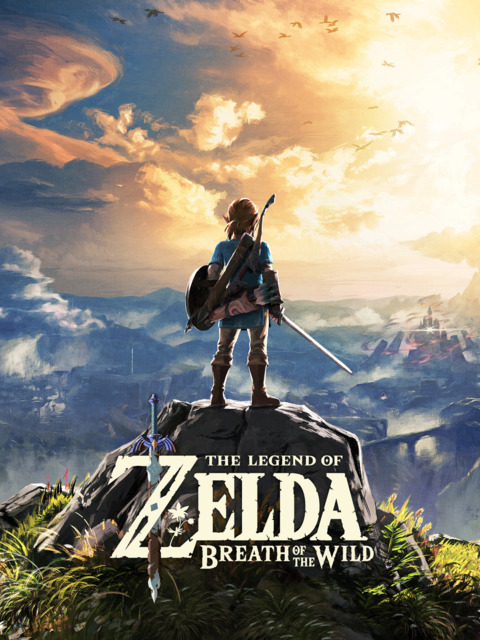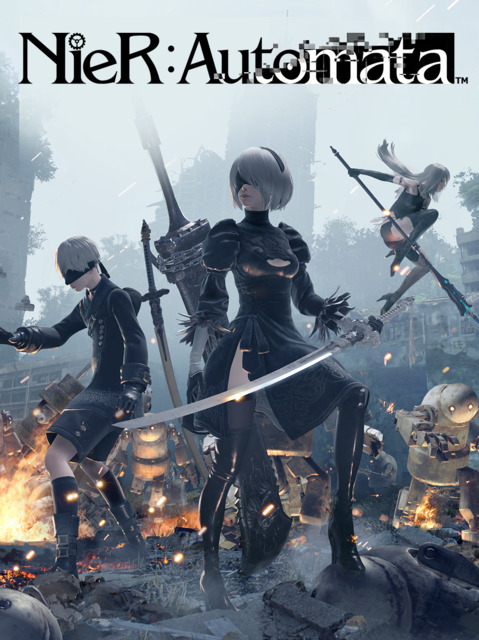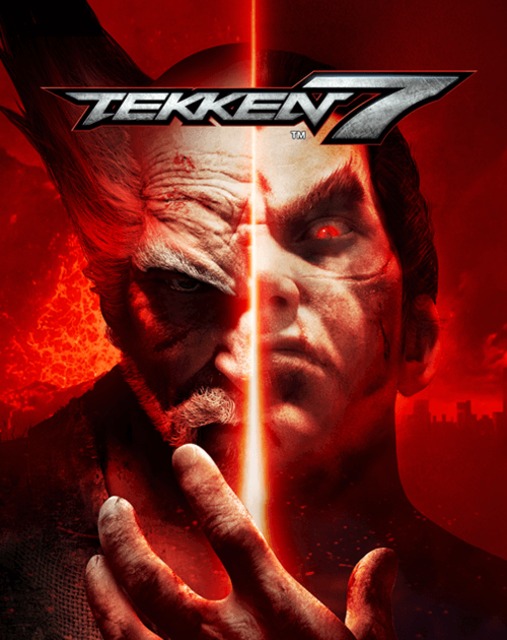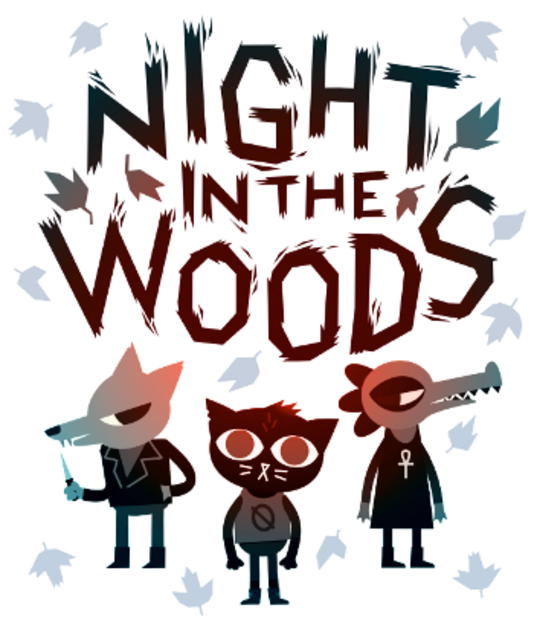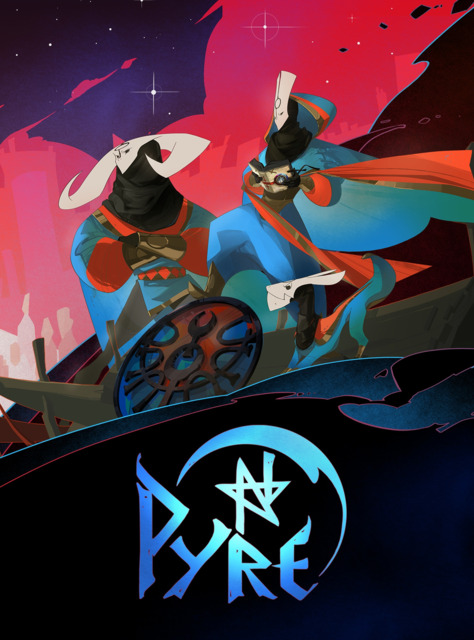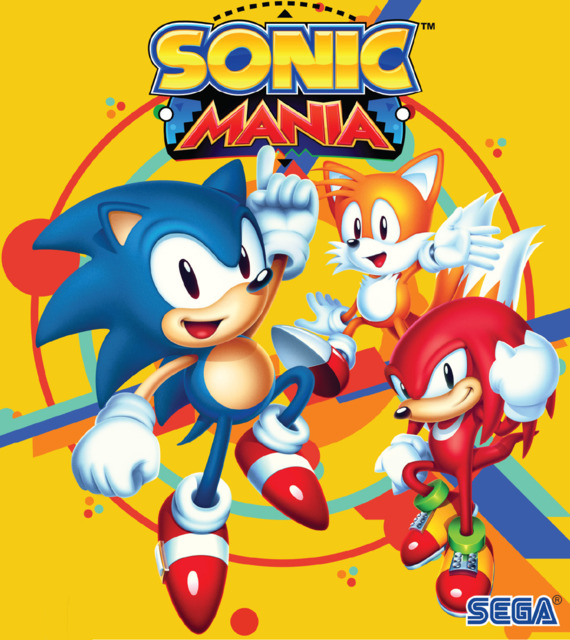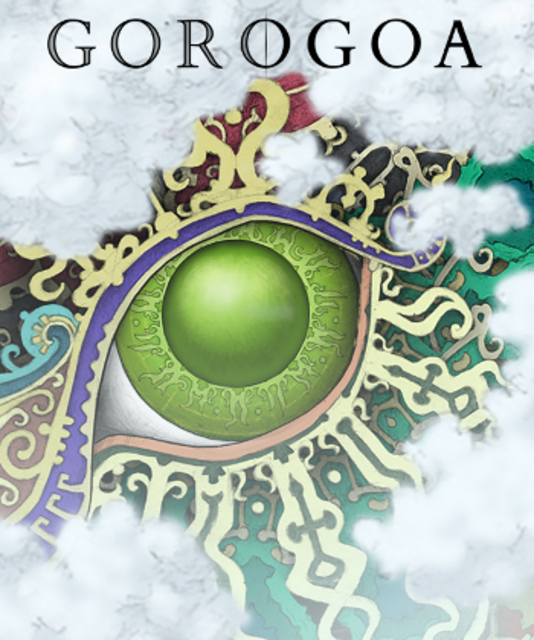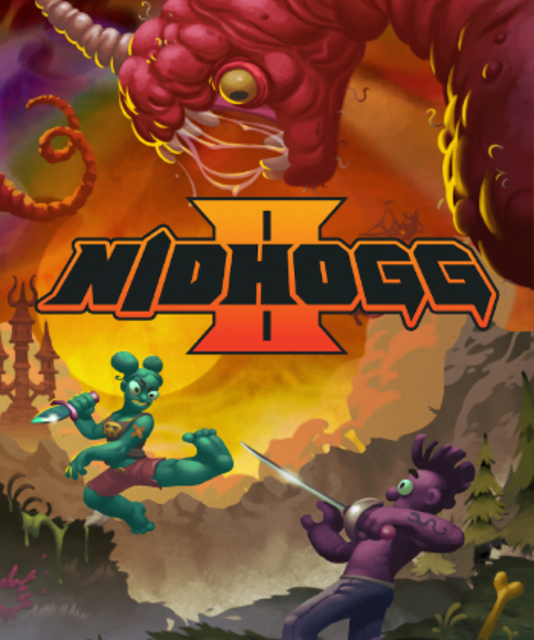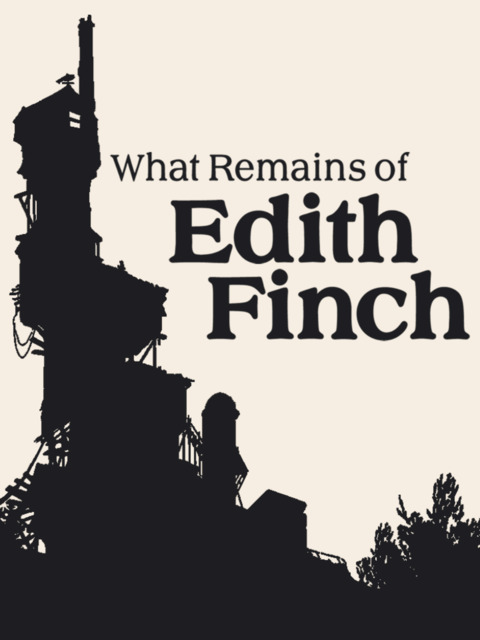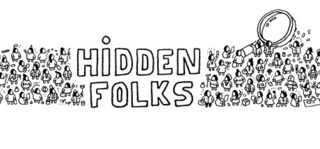Favorites of 2017
I usually wouldn’t do this, but I played so many worthwhile games this year that didn’t fit a Top 10 that I feel the need to give these honorable mentions some due:
- Wolfenstein II: The New Colossus, for making the “2017: the game!” quip all too easy.
- Prey, for having a demo that I played a lot, but then somehow forgot about. Next year? Next year.
- PlunkBat, for being a game that I didn’t even really play, but was entertained by regardless.
- Resident Evil 7, for having the best logo ever (and for being a quality entry in a favorite series).
- West of Loathing, for being the game I feel the most guilty for not playing all the way through.
- Dream Daddy, for being gay as hell.
Alright. Okay. I think I’m ready to actually talk about the Top 10 games of 2017. Jeez.
P.S. Annapurna have only published two games, and they both appear on this list. Good job, team.

